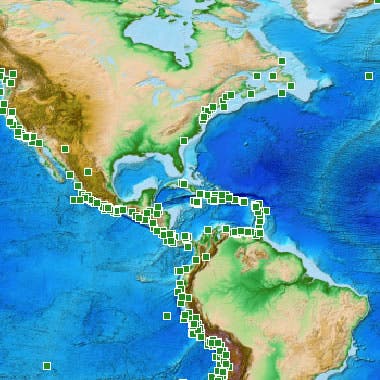There’s been a lot of fuss around tsunamis lately, especially seen as Japan, perhaps the most prepared country in the world, was devastated by them. A tsunami in the Atlantic however, is a rare sight, due to the fact that that there are no subduction areas, the most common cause of tsunami-causing earthquakes.

However, even though the tsunami threat in the Atlantic region is quite low, it should definitely be taken into consideration, especially as millions of people live in low elevation areas around the Atlantic basin. The most famous example of a tsunami in the Atlantic took place more than 200 years ago, in 1755, in Lisbon, caused by what is believed to have been a 8.6 magnitude earthquake, generating waves as high as 12 meters and killing approximately 100.000 people; however, an event of this magnitude today would definitely do much more damage as the area is much more populated.
The latest major tsunami causing event took place in 1918, when a 7.3 earthquake struck Puerto Rico and generated tsunamis of 6-7 meters. However, the bad thing is that due to the fact that there is a low risk for those areas, there is little to no preparation made, so unfortunately, a big tsunami in the Atlantic basin would have absolutely devastating effects.






